Eva & Paul

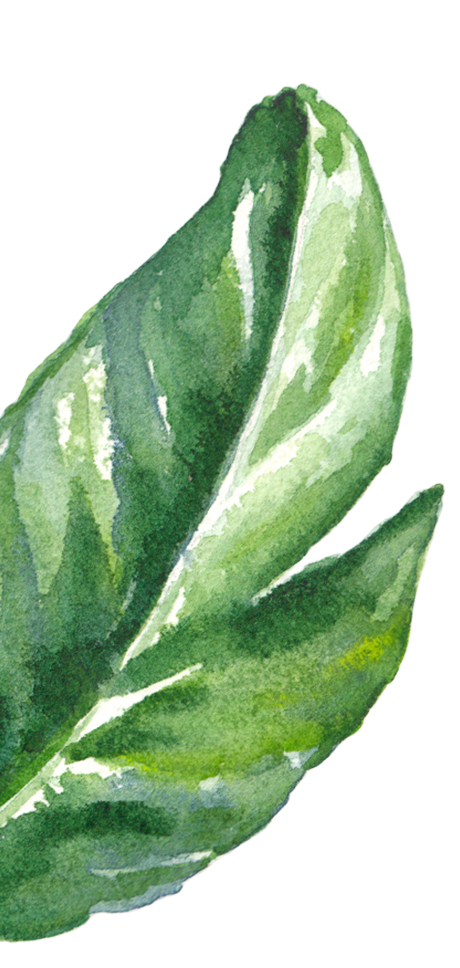
Things To Do
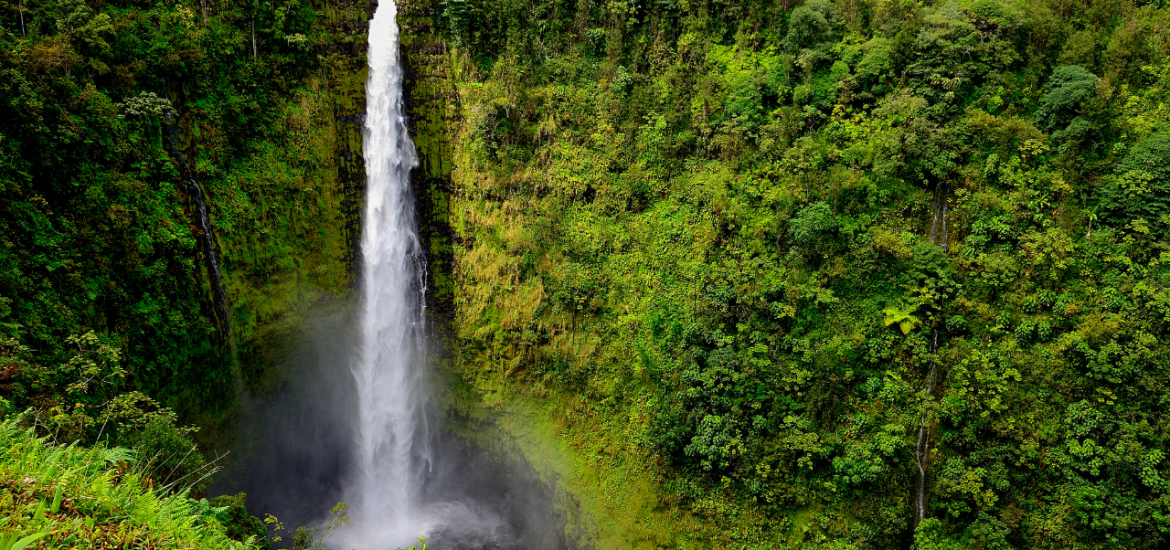
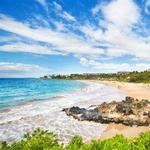
Wailea Beach
You visit Hookipa to see Maui's daredevils hang 10, and you head to Kaihalulu or Waianapanapa for multicolored sands. So which beach do you go to just to swim and relax? Wailea. This shoreline caters to the sun-seeking guests of several nearby resorts. Wailea feels much less rugged than some of Maui's other beaches: The tawny-colored sand is lined by palm trees and a paved walkway connecting the shoreline to the area's hotels, shops and restaurants. What's more, visitors to this beach will have access to water sports equipment rentals. And because the waters here are relatively calm, Wailea Beach is great for those looking to swim or snorkel.
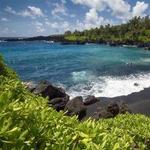
Waianapanapa State Park
In Hawaiian, "Waianapanapa" means "glistening waters." But it's not the ocean that draws travelers to Waianapanapa State Park – it's the jet-black sands. The shoreline here is composed of volcanic sediment, which acts as a stark contrast to the bright blue waves and verdant jungle.

Hana Highway
To find excellent views of Maui's beautiful coastline, all you need to do is drive. The Road to Hana is a scenic highway (Highway 360) that twists through the lush rainforest and past the cascading waterfalls that line the island's eastern shore. Most people start their trip in Kahului (home to Maui's main airport) with the intention of motoring 52 miles to Hana. The trip isn't always easy: The route often surprises unfamiliar drivers with hairpin turns. But those who decide to step on the gas aren't sorry they did. Despite all the hype and mental preparation, travelers are regularly surprised by the drive's beauty.
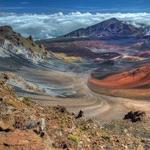
Haleakalā National Park
Every year, more than a million tourists visit Haleakala National Park, home to the world's largest dormant volcano. The entire park occupies 30,000 acres of land in Upcountry Maui, though most visitors focus on a few specific areas of the park. Of course, there's the mountain: Haleakala's summit stands more than 10,000 feet above sea level (in fact, you can see it from any point on the island). Travelers recommend planning your visit to the summit in the morning to see the sunrise (keep in mind you'll have to make reservations online in advance and you'll be required to pay a small fee). A fairly winding road (Route 378) will lead you to the top. No matter when you visit, be sure to wear warm layers. The air up top is thin and chilly, according to past visitors.
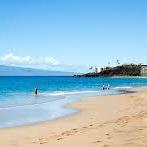
Kaanapali Beach
One of Maui's most popular strips of coastline, Kaanapali Beach stretches across 3 miles of the island's northwest coast, offering plenty of space to surf and sunbathe. (Be careful while swimming, however, as travelers say the currents can be deceptively strong.) But coveted sand is just one of this beach's many highlights: Kaanapali was Hawaii's first planned resort area, and today it features several notable hotels and restaurants, two championship golf courses and the lively Whalers Village open-air shopping center.
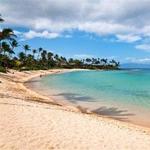
Napili Beach
Though not nearly as expansive as Wailea or Kaanapali, crescent-shaped Napili Beach is particularly popular with families. Napili's waters are much calmer than those at other Maui beaches, so kids and adults alike can take to the seas for swimming, paddleboarding and boogie-boarding. Plus, Napili Beach provides a quiet, laid-back atmosphere that sunbathers love.
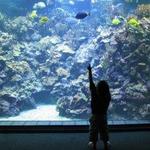
Maui Ocean Center
If you find yourself facing a rainy day on the island, consider spending some time at the Maui Ocean Center. This facility was created to cultivate visitors' interest in learning about Hawaii's underwater ecosystems. The vast Maui Ocean Center offers a variety of ways to get up close and personal with the island's nautical residents, including touch pools and a tunnel beneath the 750,000-gallon Open Ocean exhibit (which houses more than 2,000 fish). While here, you can catch a glimpse of everything from stingrays to sea turtles to sharks.